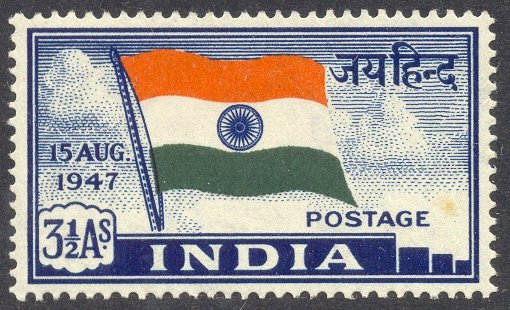Know Your Stamps
Introduction
A stamp is essentially a piece of paper that is issued by a postal authority to be purchased and affixed on mail as proof of postage payment. Stamps are typically printed on custom-made paper and generally depict a design of national and cultural importance along with its value or denomination on the front. The back has gum adhesive to facilitate application onto mail. They can be purchased from postal authorities or an authorized vendor.
History
Stamps were first introduced in the UK on May 1st, 1840 as a part of the postal reforms that were promoted by Sir Rowland Hill. Before stamps were introduces, postage charges were required to be paid by the recipient. Many times, the recipient would refuse to accept the mail and pay for it. This led to loss for postal authorities due to which reforms were introduced. The first stamp to be issued was the Penny Black.
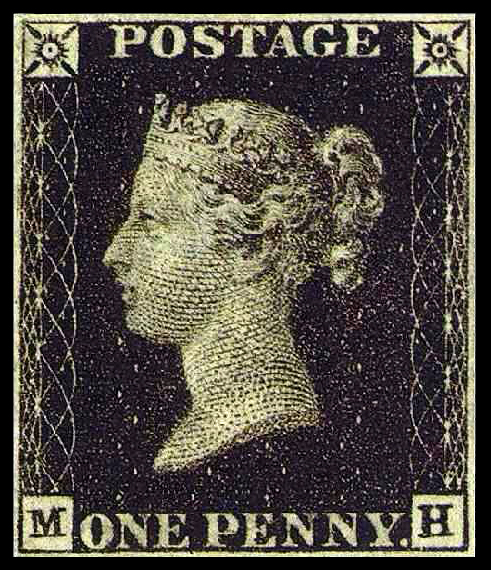
The Penny Black
Design
The first postage stamps issued were almost identical with a standard shape, size and subject. The first stamps were rectangular in shape and early stamps had no perforated edges which meant they had to be cut or torn off. The perforations made it easier to separate a stamp from its sheet. The most common shape for stamps is the rectangle but other geometric shapes like circular, triangular ad pentagonal stamps have been issued in addition to irregularly shaped ones.
Stamps in India
India has long and varied philatelic history. The postal authorities have issued a large number of stamps. A variety of techniques have been used to print the design including line engraving, typography, lithography, photogravure and web-offset.
Stamps are produced for postage as well as service or revenue. Postal authorities have also issued definitive and commemorative stamps along with perforated, non-perforated and miniature stamp sheets. Many cases of overprinting also exists.
The Scinde Dawk issued by postal authorities in India was round in shape while the Bombay Sappers stamp was triangular. The Scinde Dawk was the first postage stamp to be issued in India.
Scinde Dawk is a very old postal system that operated in the Sindh region in present-day Pakistan. The term also refers to the first adhesive postal stamp in Asia. These stamps were the precursors of adhesive stamps used across the subcontinent and regions under the control of the British East India Company. The stamps were prepaid and were first issued on July 1, 1852. They bore the British East Indian Coat of Arms which was embossed on wafers of red sealing wax impressed upon paper. Since the sealing wax wafers disintegrated and cracked, the Scinde Dawks were replaced by a colourless design embossed on white paper which was not visible under light. The last of these stamps depicted a blue design embossed on white paper.
All variants of the Scinde Dawk stamps display a face of half Anna but are extremely rare. Less than 100 of these rare philatelic classics exist.
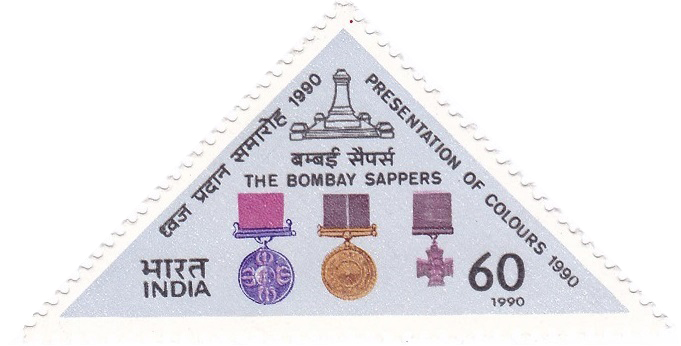
The Bombay Sappers
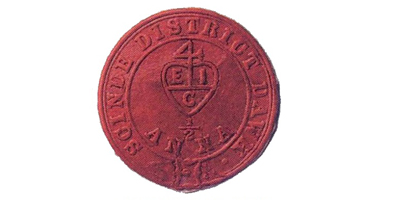
The Scinde Dawk
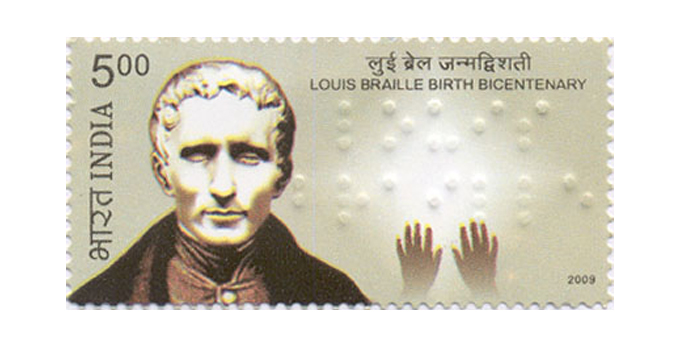
Loius Braille Birth Bicentenary Stamp - 2009
Stamps of British India
The first adhesive stamp in India, the Scinde Dawk, was issued in 1852 CE, 12 years after the first Penny Black was issued in England followed by East India Company lithographed issues and a long series of engraved stamps portraying Queen Victoria, King Edward Vii, King George V and King George VI.
Stamps of Independent India
The first postal stamp issued by independent India depicted the Indian Flag and was released on November 21st, 1947. The Dominion of India issued stamps from 1947 to 1949 with the caption ‘Indian Postage’. In 1950, the first stamps in a series of four were issued by Republic India on January 26th. The stamp was issued in Annas (abbreviated as As.) till 1957 when the Indian Rupee was decimalised. The change in denomination was reflected on the stamps issued at the time.
